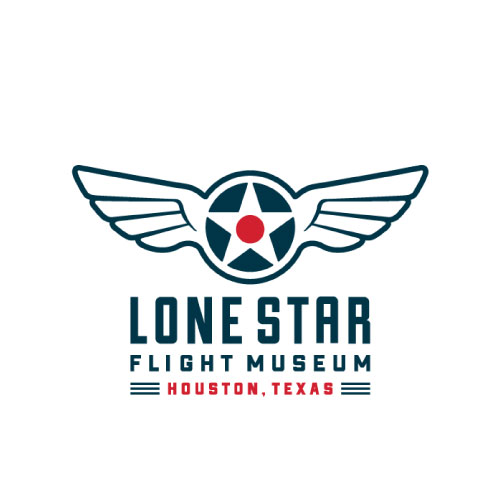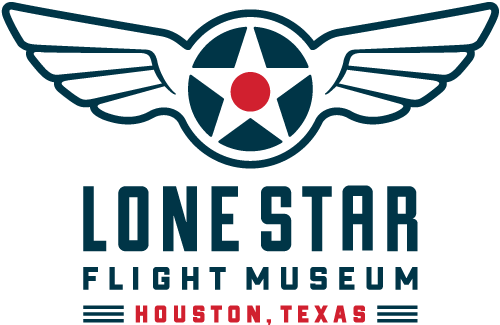The F4U saw extensive action throughout the Pacific Theater flown by American Navy and Marine pilots.
Chance Vought Aircraft Corporation contracted with the US Navy for a single prototype fighter aircraft in June 1938. Vought engineers selected the new 2,000 horsepower Pratt & Whitney R2800 engine for the project that would become the Corsair.
The powerful engine required a large 14-foot diameter propeller, which necessitated changes in the design to assure ground clearance was met during carrier landings. These changes gave the Corsair its distinctive inverted gull wing shape by placing the landing gear at the lowest point on the wing making the gear more compact and robust. The Corsair made its maiden flight on 29 May 1940 and later became the first American fighter to exceed the 400-mph mark.
With the cockpit located so far aft, pilots flying the Corsair on board carriers had difficulty with forward visibility when the plane was nose high, resulting in numerous take-off and landing mishaps. This quickly prompted restriction of the aircraft exclusively to shore-based squadrons. Eventually, training improved and new techniques such as a circling approach allowed the Corsair to return to the carriers. The F4U saw extensive action throughout the Pacific Theater, flown by American Navy and Marine pilots as well as the air arms of Britain and New Zealand. Many of the highest-scoring Allied aces in the Pacific flew the Corsair, including Ira Kepford and the legendary Greg “Pappy” Boyington, the top Marine ace of the War.
The Corsair continued in frontline service well after World War II ended and was flown extensively in the Korean War in a ground support role dropping bombs, napalm and rockets. Later, Corsairs saw action with the French in Indo-China and the Mid-East, and in numerous Latin American conflicts of the 1950s and ‘60s.
HISTORY OF THE LSFM CORSAIR
The Lone Star Flight Museum’s Corsair is a night fighter version that was built for Argentina where it served during the 1950s. It was placed on outdoor display at an Argentine Navy base for over 30 years before the museum purchased the aircraft. It was restored by Ezell Aviation in Breckenridge, TX and is painted in the colors of Annie Mo, a Corsair flown by Lt Guy Bordelon, the only Navy ace, night-fighter ace, and piston-driven ace of the Korean War.
Nicknames: Bent Wing Bird, Ensign Eliminator, Whistling Death, Hose Nose.





